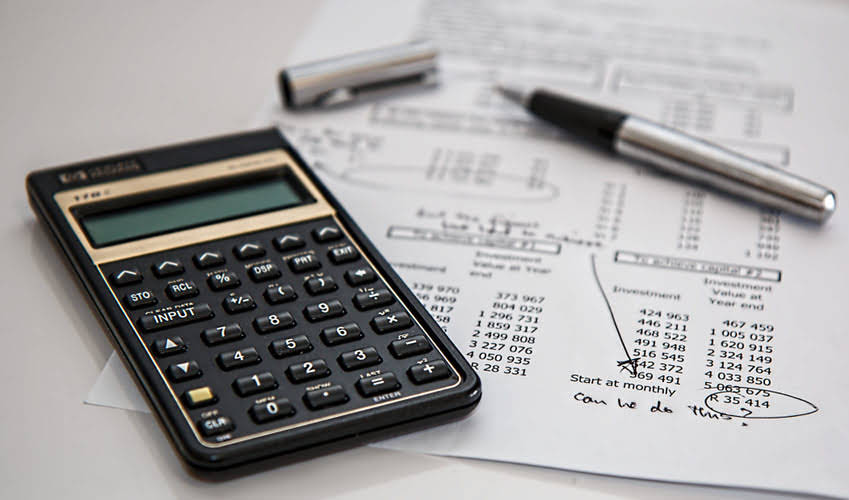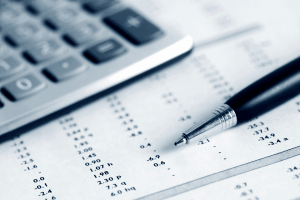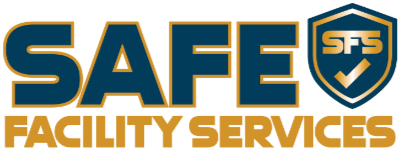Property, Plant, and Equipment PP&E Definition

Such an expenditure is capitalized which means that it is recorded on the balance sheet and written off as expense over the useful life of the fixed asset through a process called depreciation. It’s also useful for property, plant and equipment is sometimes called plant assets or the business itself to keep track of its PP&E. This is if there comes a time when they need to liquidate their assets in order to raise capital. Most fixed assets will naturally depreciate over a period of time.
Is Property, Plants, and Equipment considered a current asset?
Cost includes all normal, reasonable, and necessary expenditures to obtain the asset and get it ready for use. Acquisition cost also includes the repair and reconditioning costs for used or damaged assets as longs as the item was not damaged after purchase. Unnecessary costs (such as traffic tickets or fines or repairs that occurred after purchase) that must be paid as a result of hauling machinery to a new plant are not part of the acquisition cost of the asset. Net PP&E is the total value of all buildings, land, furniture, and other physical assets that a business owns. By totaling up all of these assets, you can find the Net PP&E of the business. The term “Net” essentially means that it is the total of the accumulated depreciation expenses.
Financial Accounting
- They record the cost of permanent landscaping, including leveling and grading, in the Land account.
- Property, plant and equipment is the long-term asset or noncurrent asset section of the balance sheet that reports the tangible, long-lived assets that are used in the company’s operations.
- Let’s say that Company X owned PP&E with a gross value of $500,000.
- They are classed as long-term assets that have a typical lifespan of over a year.
- Companies sometimes sell a portion of their assets to raise cash and boost their bottom line or net income.
A financial professional will be in touch to help you shortly. A financial professional will offer guidance based on the information provided and offer a no-obligation call to better understand your situation. Someone on our team will connect you with a financial professional in our network holding the correct designation and expertise. At Finance Strategists, we partner with financial experts to ensure the accuracy of our financial content.
Copyright information

These resources are necessary for the companies to operate and ultimately make a profit. It is the efficient use of these resources that in many cases determines the amount of profit corporations will earn. It is the second long term asset section after current assets. Included are land, buildings, leasehold improvements, equipment, furniture, fixtures, delivery trucks, automobiles, etc. that are owned by the company.
This means that if a company does not purchase additional new equipment (therefore, its capital expenditures are zero), then Net PP&E should slowly decrease in value every year due to depreciation. Although PP&E are noncurrent assets or long-term assets, not all noncurrent assets are property, plant, and equipment. An example of PP&E includes plant and machinery owned by a manufacturer.
Discover content

PP&E are vital to the long-term success of many companies, but they are capital intensive. Companies sometimes sell a portion of their assets to raise cash and boost their bottom line or net income. As a result, it’s important to monitor a company’s investments in PP&E and any sale of its fixed assets. Purchases of PP&E are a signal that management has faith in the long-term outlook and profitability of its company. PP&E are physical, tangible assets expected to generate economic benefits and contribute to revenue for many years.
PP&E are long-term, tangible assets that the corporation owns, and they are typically fixed assets. PP&E contains assets like equipment, land, and real estate that enable the corporation to increase its enterprise value over time. PP&E is measured using historical cost, or the actual purchase cost.
You should be able to explain fair market value, acquisition costs, historical costs, and which costs are capitalized. This chapter addresses the reality that all assets with the exception of land have a useful life. A business should expect some wear and tear on assets as a direct result of using them to support business activity. Depreciation is an allocation process that ensures the useful life of an asset is properly identified from accounting and company valuation.

PwC refers to the US member firm or one of its subsidiaries or affiliates, and may sometimes refer to the PwC network. This content is for general information purposes only, and should not be used as a substitute for consultation with professional advisors. These assets can span a wide range of different things that a business needs to operate or assets that are purchased for investment purposes.
- For replacements, the old cost of the asset is written off from the company’s books and the cost of the new replacement is recorded/recognized.
- When the company spends money investing in either (1) updating existing equipment, or (2) purchasing new additional equipment, this adds to the total PP&E balance on the balance sheet.
- Current assets are short-term assets, which are assets on the balance sheet that are likely to be converted into cash within one year.
- For example in case of a fire or flood, a factory building may loose more than half of its value, which will result in recognition of impairment loss on the factory building.
How confident are you in your long term financial plan?
In industries that tend to be considered capital intensive, there is a significant amount of these fixed assets. Examples include auto manufacturers, oil companies, and steel companies. If a company produces machinery (for sale), that machinery is not classified as property, plant, and equipment, but rather is classified as inventory.
